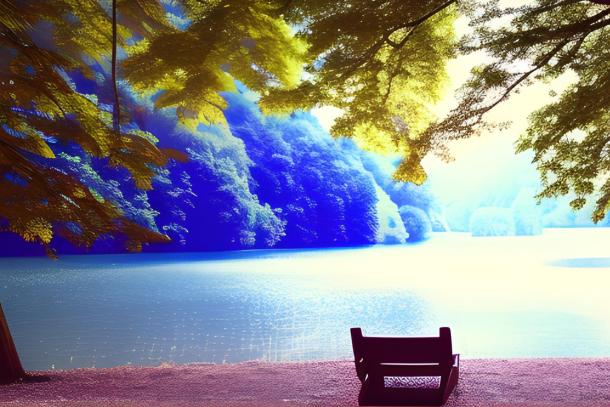The Massage Parlour Through the Ages: A Journey of Cultural, Spiritual, and Medical Significance
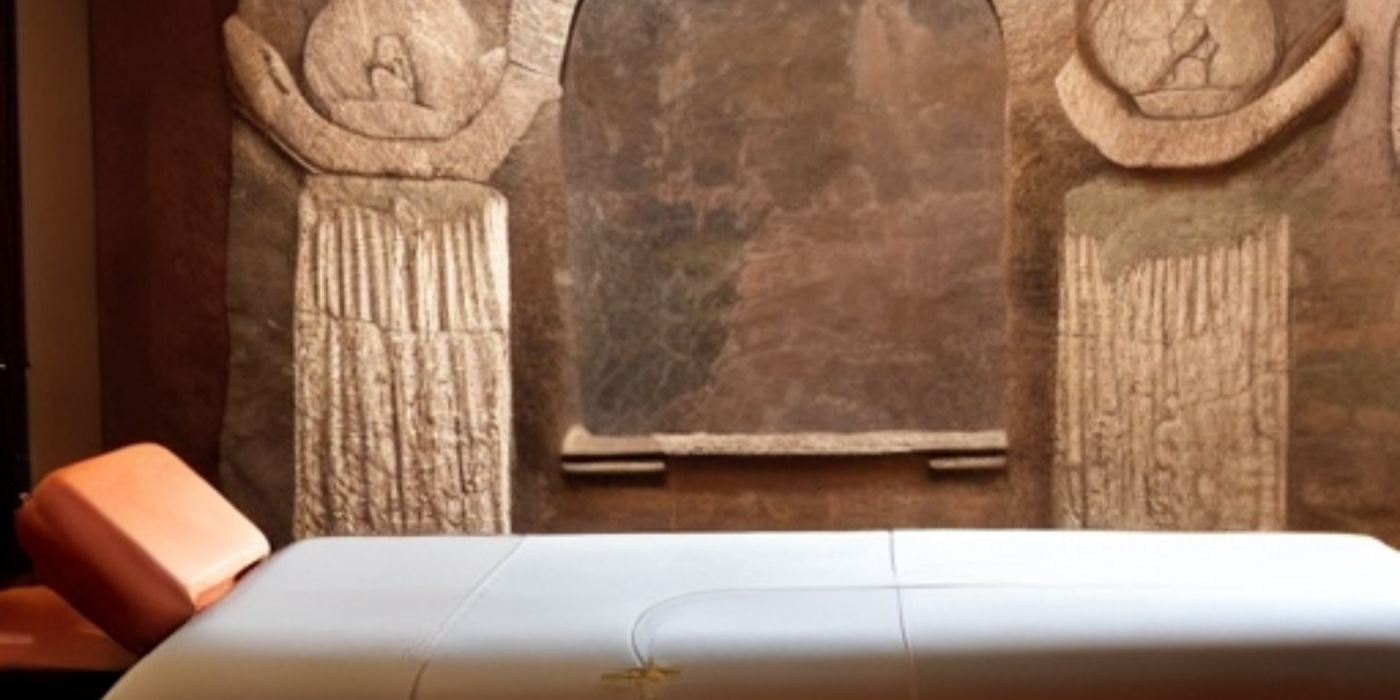
Massage therapy, an age-old practice, has woven its healing threads into the fabric of human history. Revered for its physical and psychological benefits, the tradition of massage therapy has taken shape in various forms, from the opulent bathhouses of Rome to the spiritually imbued massage parlours of Asia. This article traces the chronicles of the massage parlour, capturing its evolution across continents, cultures, and centuries.
Origins: Ancient Civilizations and Massage Therapy
The earliest record of massage therapy dates back to 2700 BCE in China, where it was incorporated into traditional Chinese medicine. Famed for their holistic approach to health and wellness, ancient Chinese healers employed massage therapy to balance the body's energy, or 'Qi'. An early example of a massage parlour is the Cong Fou bathhouse in Beijing, a social hub where individuals would gather to receive massages for physical wellness and spiritual enlightenment.
The Cong Fou bathhouse in Beijing: A Testament to the Intricate Art of Chinese Massage
Located in the heart of Beijing, the Cong Fou bathhouse is more than a simple massage parlour; it is a piece of living history that encapsulates centuries of traditional Chinese healing practices. Stepping into the bathhouse is akin to stepping back in time, a sensory journey that speaks volumes about the rich tapestry of Chinese wellness traditions.
The Cong Fou bathhouse is famous for its specialized 'Tui Na' massage, one of the four main branches of traditional Chinese medicine, along with acupuncture, herbal medicine, and Qigong. 'Tui Na,' translating to 'push and grasp,' is a form of bodywork therapy that has been used in China for more than 2,000 years. It involves a variety of techniques and manipulations, designed to stimulate the body's energy flow, or 'Qi', and balance the 'Yin' and 'Yang' – fundamental concepts in Chinese medicine.
A visit to the Cong Fou bathhouse starts with a medicinal herb-infused foot bath, a nod to the ancient Chinese practice of foot soaking. This is believed to stimulate various acupressure points linked to different body organs, promoting overall health. It prepares the body for the subsequent 'Tui Na' massage, paving the way for maximum therapeutic benefit.
The actual 'Tui Na' massage at the Cong Fou bathhouse is performed by skilled practitioners who have a deep understanding of the body's meridian system – the invisible channels through which energy flows according to traditional Chinese medicine. These practitioners manipulate the body with rhythmic pressing, kneading, and stretching movements, aiming to open the body's defensive 'Qi' and stimulate energy movement in the meridians and muscles.
While the main attraction at the Cong Fou bathhouse is undoubtedly the 'Tui Na' massage, it's worth noting the bathhouse's ambiance. The design is a harmonious blend of traditional and modern aesthetics, encapsulating the essence of tranquillity and elegance. The bathhouse has done a commendable job of maintaining its historical charm while ensuring the comfort and satisfaction of its modern clientele.
Interestingly, the Cong Fou bathhouse's location in Beijing is also symbolic. Beijing, as the capital of China, has been a cultural, political, and educational hub for centuries. The presence of such an institution in the heart of the city underscores the enduring significance of traditional Chinese healing practices, despite the rapid modernization and globalization sweeping across the country.
Today, the Cong Fou bathhouse continues to be a beacon of traditional Chinese wellness practices. It represents a critical cultural heritage, a living testament to China's intricate history of bodywork and massage, offering a peaceful sanctuary amidst the bustling energy of modern Beijing. For locals and tourists alike, a visit to the Cong Fou bathhouse provides an opportunity to experience firsthand the rich tapestry of traditional Chinese medicine, an experience that engages not just the body, but also the mind and the spirit.
Massage Therapy in Ancient India: Uniting Spirituality and Physical Wellbeing
The origins of massage therapy in India can be traced back to around 1500 BCE, an era when the sacred Hindu texts, known as the Vedas, were written. These ancient scriptures, considered the oldest writings of Hinduism and the foundation of Indian culture and philosophy, documented various healing practices, including the art of massage.
Indian healers recognized the spiritual and therapeutic significance of massage, integrating it into the comprehensive system of traditional Indian medicine, Ayurveda. Ayurveda, translating to the "Science of Life," is an ancient holistic healing system based on the belief that health and wellness depend on the intricate balance between the body, mind, and spirit.
Central to Ayurvedic philosophy is the concept of 'doshas' - the three fundamental life energies, Vata, Pitta, and Kapha, that govern our physical and mental processes. According to Ayurveda, each individual has a unique balance of these 'doshas,' and imbalances can lead to illness or discomfort. Massage, specifically the traditional Ayurvedic massage known as 'Abhyanga,' was used to promote energy flow and restore balance among these 'doshas.'
'Abhyanga' is an oil massage ritual that involves gently massaging the body with warm oil infused with medicinal herbs. The oil, chosen based on one's 'dosha' type, is believed to penetrate the skin, loosening toxins accumulated in the muscle tissues. The skilled manipulation of body tissues during the massage promotes circulation, nourishes the body, relieves fatigue, provides stamina, and promotes good sleep and a healthy complexion.
These practices were not merely physical remedies; they held significant spiritual implications as well. Often, Ayurvedic treatments, including massage, were conducted in sacred spaces or healing temples, further reinforcing the spiritual dimension of this therapeutic practice. Massage therapy was typically accompanied by meditation, yoga, and dietary guidelines, creating an integrative approach to health and wellbeing.
Furthermore, the Ayurvedic massage wasn't seen just as a treatment modality but also as a form of nurturing and care. It was incorporated into daily routines, emphasizing its role in preventative healthcare and longevity.
The prominence of massage therapy in ancient India underscores the country's holistic approach to wellbeing, viewing health as a balance of physical, mental, and spiritual elements. Even today, these practices continue to be a vital part of Indian culture and wellbeing traditions. Various wellness retreats and Ayurvedic spas across India, such as the famous Ananda in the Himalayas, offer traditional Ayurvedic massage therapies, giving visitors a glimpse into the rich heritage of Indian healing practices.
Thus, the history of massage therapy in India is not just about its role in physical health but is deeply intertwined with the country's spiritual and philosophical perspectives. It is a testament to the wisdom of the ancients, who realized the intrinsic connection between the body and mind, using massage as a tool to harmonize this delicate balance.
The Roman and Greek Traditions: Luxury and Wellness
In Ancient Rome and Greece, massage therapy was a luxury afforded by the wealthy, often taking place in extravagant bathhouses. A famous example is the Roman Baths in Bath, England, known for their sophisticated architecture and thermal springs. Here, massages were offered as part of a comprehensive wellness experience, aiming to improve circulation, promote relaxation, and provide socialization opportunities.
In Greece, massage was integral to the physical conditioning of athletes. Gymnasiums often doubled as massage parlours, where athletes received massages to prevent injuries and enhance performance.
Middle Ages to Renaissance: Evolving Practices
During the Middle Ages in Europe, the use of massage therapy declined due to societal changes and religious beliefs. However, in the East, traditional massage practices continued to flourish.
As Europe moved into the Renaissance period, interest in massage and human anatomy rekindled. Anatomist and physician, Paracelsus, promoted the use of massage for health purposes in medical settings, a significant shift from the previous belief of massage as a luxury.
19th Century to Present: The Emergence of Modern Massage Parlours
The 19th century marked the advent of the modern massage parlour. Per Henrik Ling, a Swedish medical-gymnastic practitioner, developed a system known as "Swedish massage," laying the foundation for the Western concept of massage. Ling's principles are still practised at the Royal Central Institute of Gymnastics in Stockholm, a massage hub boasting a rich historical heritage.
In the 20th century, massage therapy was increasingly recognized for its medical benefits. This shift is evident in the establishment of the Mayo Clinic in the United States, which integrated massage therapy into its comprehensive patient care.
In recent years, massage parlours have proliferated globally, reflecting the increased awareness of the health benefits of massage. Today, they range from high-end spas in luxurious locations like the Burj Khalifa in Dubai, offering opulent experiences, to community wellness centres, emphasizing accessibility and holistic health.
A Rich Tapestry of Healing
The history of the massage parlour reveals a fascinating journey of cultural, spiritual, and medical evolution. The spaces where massages were conducted reflect societal values, beliefs, and knowledge about health and wellness at different points in history. Today, the massage parlour stands as a testament to human ingenuity, providing an oasis of tranquillity and healing amidst the chaos of modern life.
The Asian Influence: From Ancient Traditions to Modern Practices
Asia has always been a hub of massage therapy, with various countries possessing their unique styles and traditions. The Thai massage, for instance, known as 'nuat Thai,' has spiritual roots tied to Buddhism. Wat Pho in Bangkok, Thailand, also known as the Temple of the Reclining Buddha, is an iconic example of a spiritual massage centre. Here, massage was considered a spiritual practice, closely connected with the teachings of the Buddha. Even today, Wat Pho retains its fame, offering traditional Thai massage courses and services to the public.
Japan's approach to massage is also noteworthy. Shiatsu, a form of bodywork that involves applying pressure to certain points on the body, was developed in Japan in the early 20th century. The Namikoshi school in Tokyo, established by Tokujiro Namikoshi, the founder of Shiatsu, remains a prominent massage centre, symbolizing the ongoing appreciation for traditional healing methods.
Re-emergence in the Western World: Spa Culture and Holistic Wellness
As the West entered the 19th and 20th centuries, the understanding and application of massage therapy expanded. Europe, and eventually North America, saw a resurgence of interest in holistic wellness, incorporating massage into broader wellness practices. Massage parlours began appearing in various forms, including day spas, wellness retreats, and even as part of healthcare institutions.
Brenners Park-Hotel & Spa
Brenners Park-Hotel & Spa in Baden-Baden, Germany, established in the 19th century, epitomizes this transformation. Its legendary 'Villa Stephanie' offers a range of wellness services, including a wide variety of massage treatments, demonstrating the evolution of massage parlours into comprehensive wellness centres.
The Mayo Clinic
The Mayo Clinic in the United States also represents this trend. Renowned for its integrated patient care approach, it began offering massage therapy as a complementary treatment to conventional medical care.
Modern-Day Massage: A Global Phenomenon
Today, massage parlours are found in all corners of the globe, catering to a variety of needs and preferences. From luxurious spa resorts like the Banyan Tree Spa in the Marina Bay Sands in Singapore, known for its sky-high views and comprehensive massage services, to community wellness centres like the Esalen Institute in Big Sur, California, known for its focus on holistic health and personal transformation, the modern massage parlour takes many forms.
The cultural significance of these parlours is profound, reflecting a universal human desire for relaxation, healing, and connection. They also indicate an increasing awareness of the benefits of massage therapy, both for specific health conditions and general wellness.
An Ongoing Journey of Healing and Wellness
The journey of the massage parlour through history is a testament to the enduring value of touch as a healing art. From its early roots in ancient civilizations to its modern embodiment in diverse wellness spaces worldwide, the massage parlour continues to evolve, reflecting shifting cultural, spiritual, and medical perspectives.
This rich tapestry of healing practices demonstrates humanity's timeless quest for wellness and serenity. As we move forward, the massage parlour stands poised to continue its journey, adapting to new therapeutic discoveries and societal changes, while maintaining its foundational purpose: to promote health, healing, and holistic wellbeing.
Related to this article are the following:
I do hope you have enjoyed this article and hope that you will subscribe to my newsletter so you can get the latest information about all things naturally relaxing.
Stay in touch, join the Naturally Relaxing Newsletter
Newsletter Signup
Post Your Comments
or post as a guest
Be the first to comment.
Latest articles in Relaxation

Capturing the Perfect Sunset: Tips and Techniques
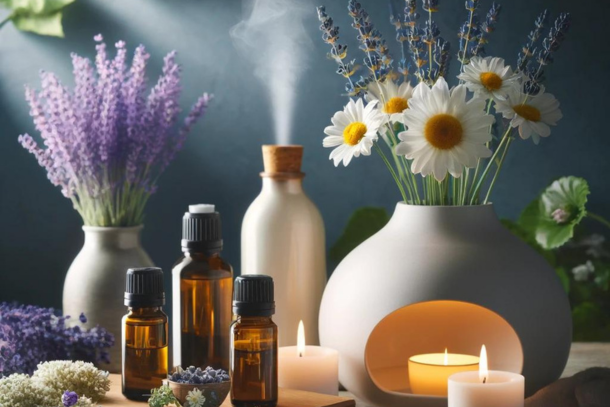
The Benefits of Aromatherapy: Essential Oils for Relaxation
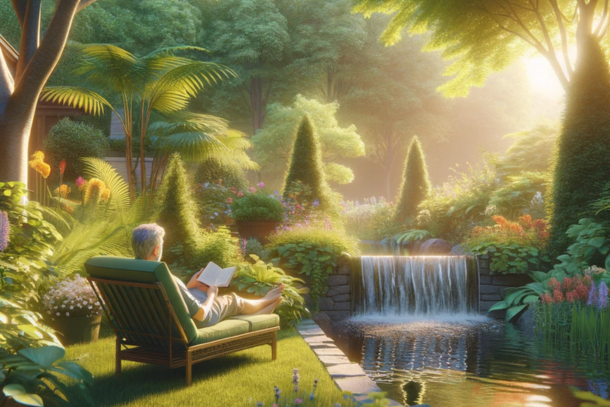
Embracing Calm: Innovative Ways to Relax in the New Year
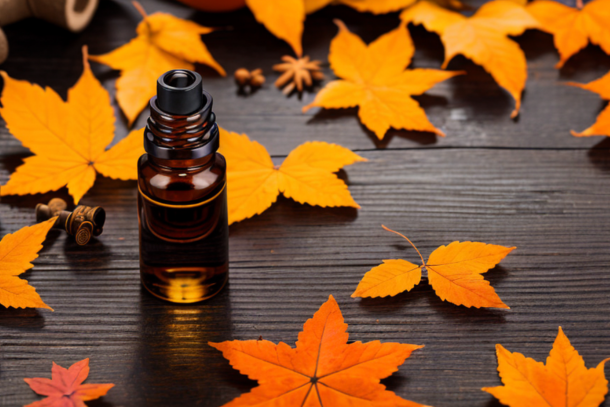
Autumn Aromatherapy: Essential Oils for Relaxation
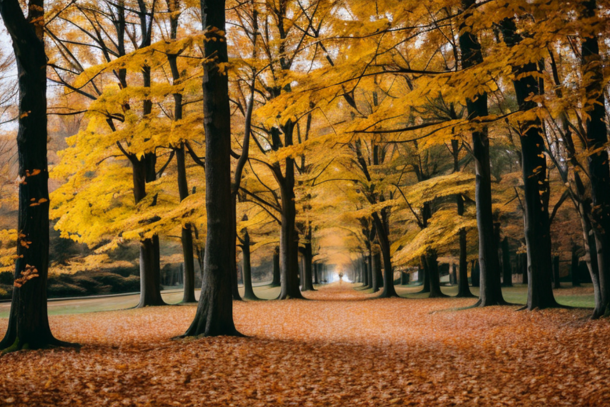
Embracing Autumn's Tranquillity: Finding Peace in the UK's Golden Season
